When it comes to designing and producing high-quality plumbing and heating systems, valves play a critical role in regulating flow, controlling pressure, and ensuring long-term reliability. However, a valve's performance is heavily influenced by one often overlooked factor—material selection. Choosing the right material is not just about cost or appearance; it directly affects durability, corrosion resistance, mechanical strength, and overall system compatibility.
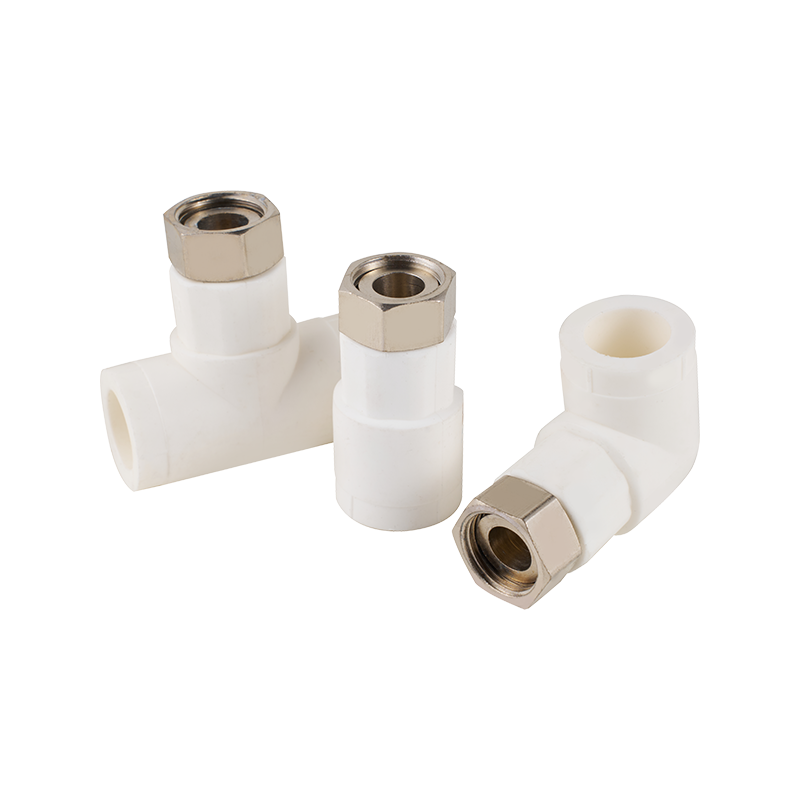
Valves are used in a wide range of applications—from domestic water supply systems to industrial heating setups. Each environment comes with its own demands, and the material a valve is made from must be able to handle those conditions. For example, a water tube valve installed in a residential system may be exposed to different temperatures and pressures than a valve in a chemical processing plant. If the material cannot withstand those variables, performance will degrade quickly, potentially causing system failures or leaks.
Brass remains one of the more commonly used materials in valve manufacturing, particularly for ball valves and fittings. Its corrosion resistance, workability, and compatibility with drinking water make it suitable for many applications. A ball valve long handle, for instance, is often constructed from forged brass because it combines strength with ease of operation. The long handle allows for quick, manual shut-off or flow adjustment, and brass ensures the valve doesn't corrode or seize up over time.
Stainless steel, on the other hand, is preferred in high-pressure or corrosive environments. It is more expensive but offers increased resistance to rust and harsh chemicals. In certain commercial setups where reliability is crucial, stainless steel valves help maintain performance even under continuous use. This is particularly important for components like the pressure reducing valve filter, which operates under constant flow and pressure conditions. The material needs to resist both mechanical wear and chemical degradation to keep pressure levels stable and prevent contamination in the system.
Thermoplastics, such as PVC or PPR, are also used in valve production, especially where metal might not be suitable. These materials are lightweight, corrosion-resistant, and ideal for lower-pressure systems or environments where metal corrosion is a concern. While not as strong as brass or steel, plastic materials offer sufficient performance in many water distribution applications. However, material limitations must be carefully considered—thermoplastics generally have lower temperature thresholds and may not handle hot water or high-pressure scenarios as effectively as metal alternatives.
For a valve to function well over time, it's not just the valve body that matters—the seals, stems, and internal components must also be made of suitable materials. A water tube valve with a metal body but subpar rubber seals may still fail prematurely if the seal material degrades due to water quality or temperature. This is why engineers often match elastomer types with system conditions, selecting EPDM, NBR, or PTFE based on the application's chemical and thermal requirements.
It's also worth noting that material compatibility between connected components plays a role in valve performance. Galvanic corrosion can occur when dissimilar metals are joined in a wet environment. For example, connecting a stainless steel pressure reducing valve filter to a copper or brass pipe without a dielectric fitting can accelerate corrosion and weaken the joint over time. Careful material coordination throughout the system helps prevent such failures.
Lastly, maintenance and inspection cycles are affected by material choices. A ball valve long handle made from high-quality brass or stainless steel may require less frequent servicing compared to a similar valve made from lower-grade metals or composites. Over years of operation, this can reduce costs and lessen system downtime.
In summary, the material used to manufacture a valve is far more than a background detail—it's a defining feature that influences every aspect of the valve's function, safety, and lifespan. Whether designing a new hydronic system or retrofitting an old one, considering material properties is key to achieving stable and reliable valve performance across a range of conditions.


 English
English русский
русский Español
Español عربى
عربى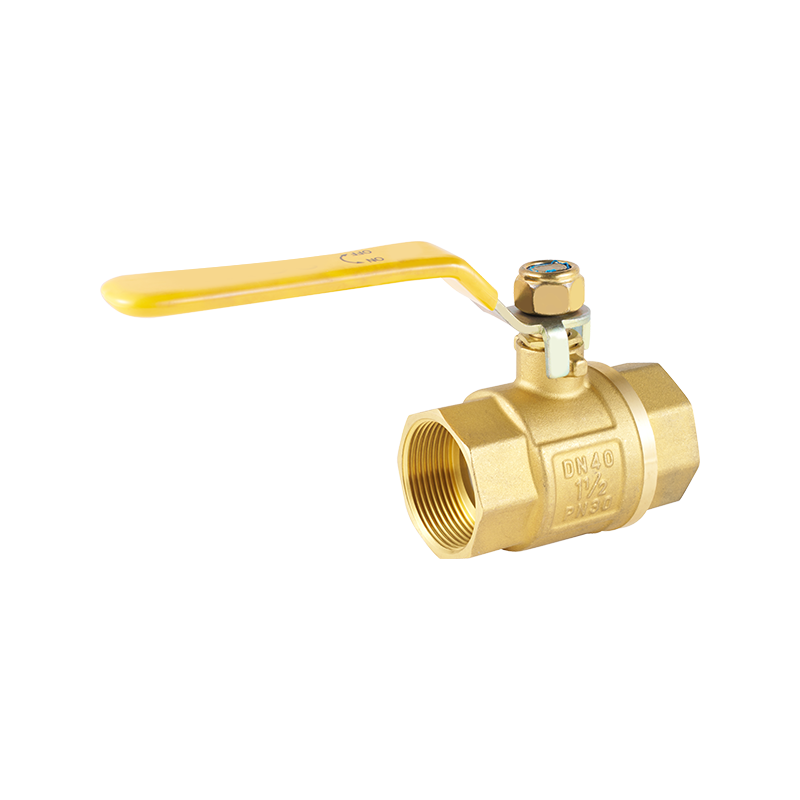
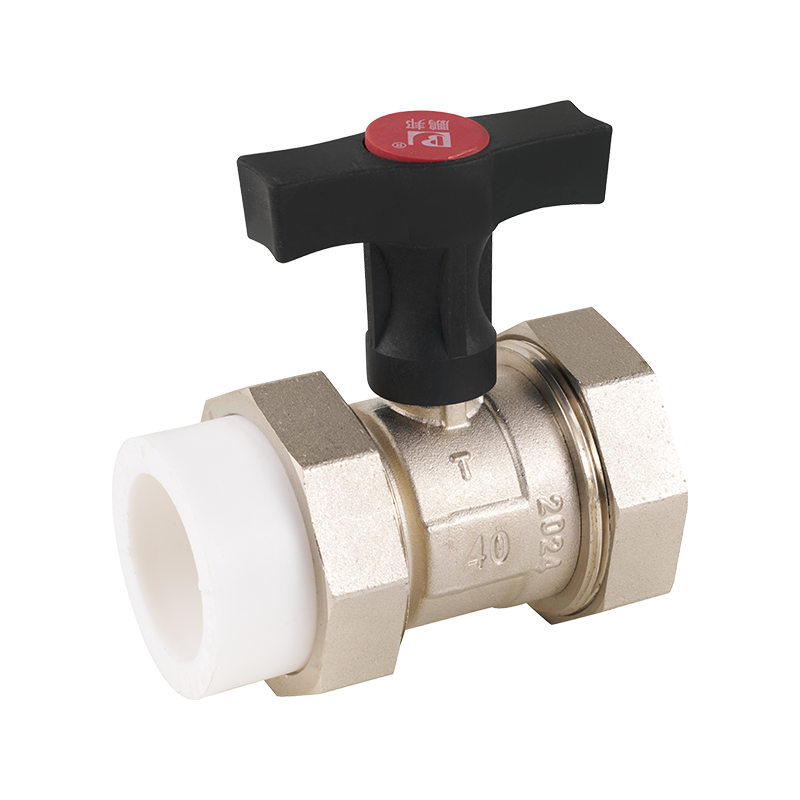
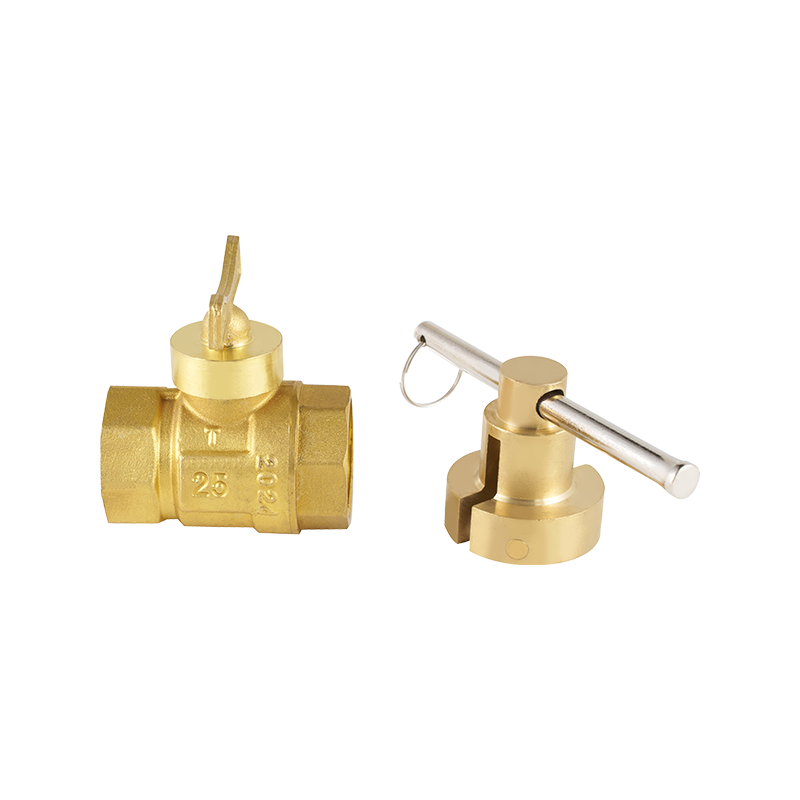
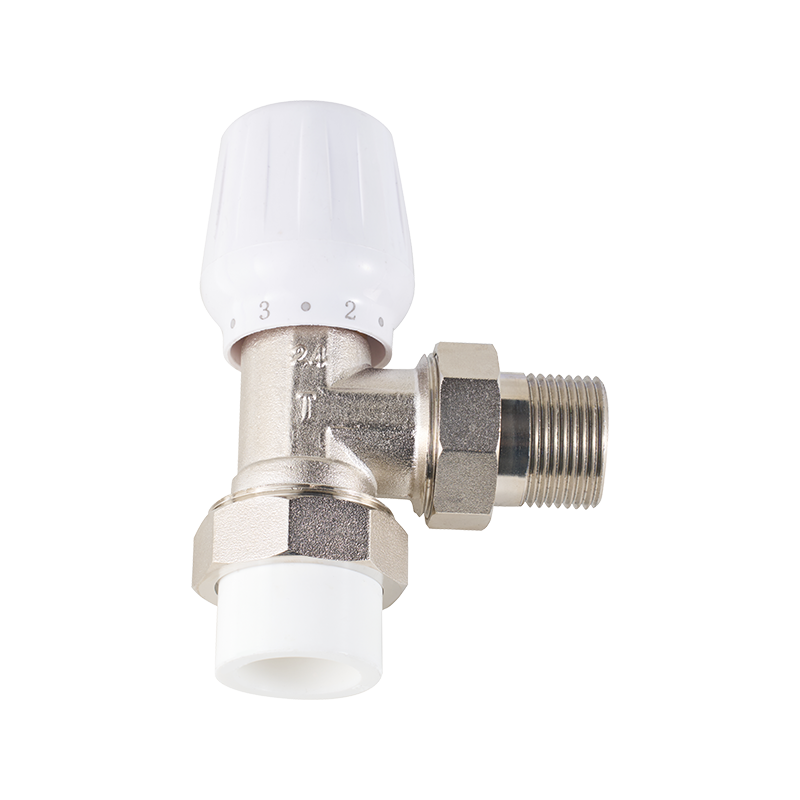
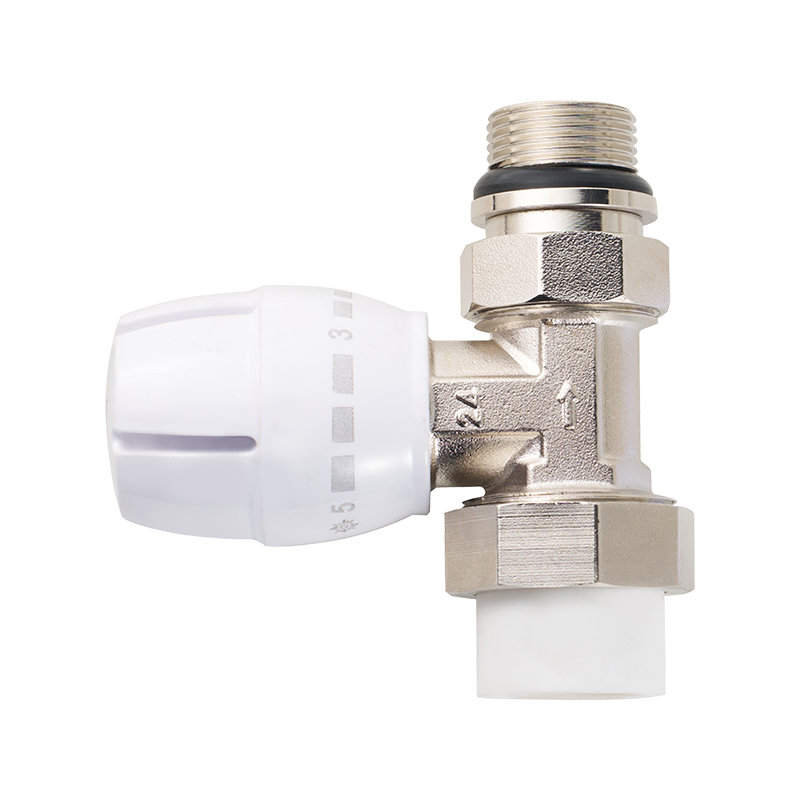


 CONTACT US
CONTACT US